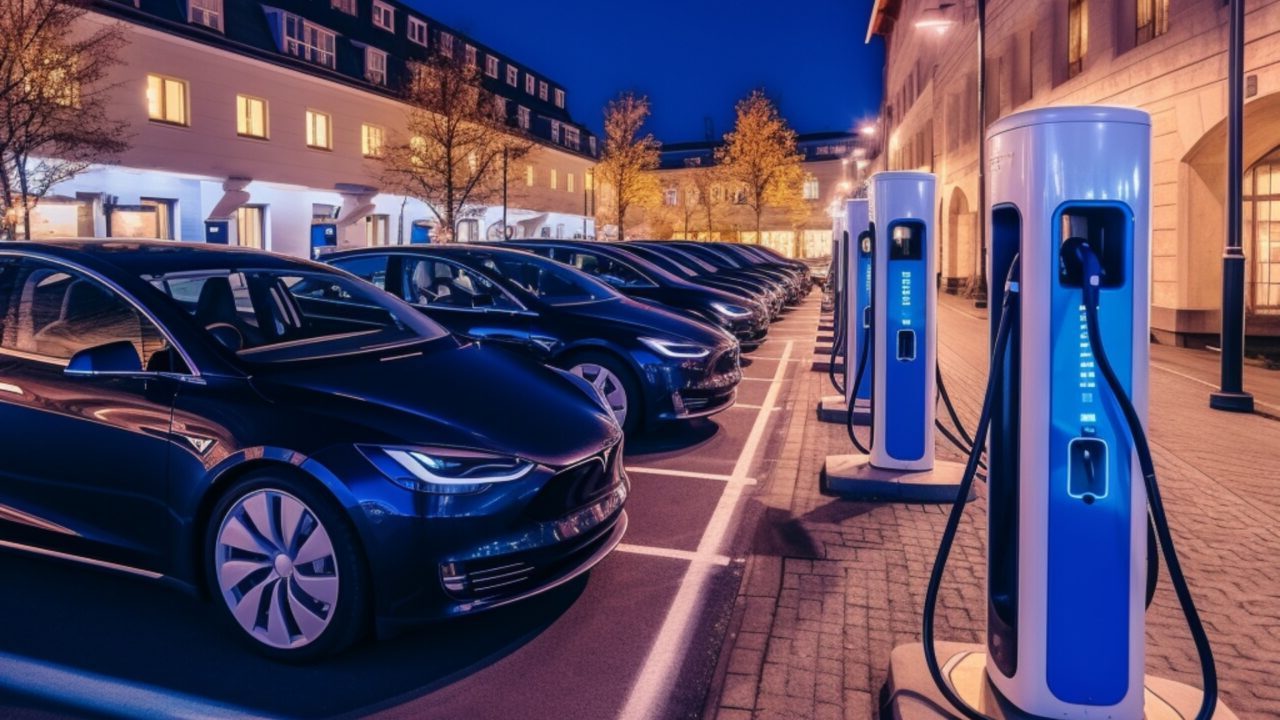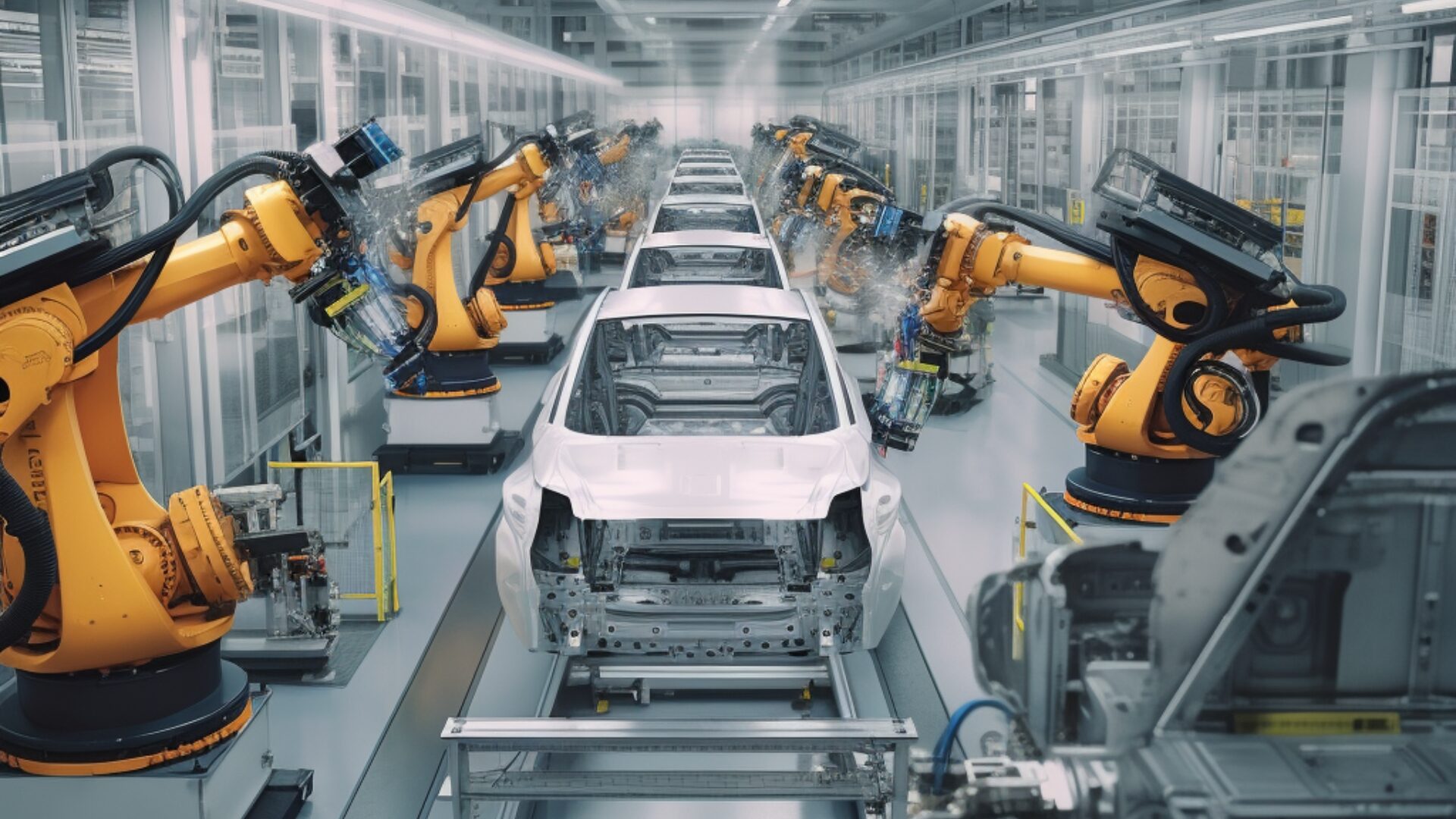Electric cars reduce emissions, but their manufacturing and end-of-life stages have environmental and social implications. Learn about how manufacturers are innovating for a more sustainable transport system.
The use of electric vehicles (EVs) is often touted as a way to reduce greenhouse gas emissions and mitigate climate change. However, the environmental impact of EVs goes beyond their use, extending to the manufacturing and end-of-life stages.
The environmental impact of EVs is a big concern, especially when it comes to the mining involved in the making of their lithium-ion batteries. But how do those concerns compare to conventional vehicles?

Raw materials
Car manufacturers are committed to responsible sourcing of raw materials. Battery manufacturers are working on reducing the use of problematic materials like cobalt. Exciting advancements in solid-state batteries are offering a future without cobalt, along with improved battery performance and capacity.
Electric cars have both positive and negative impacts on the environment and society. On the one hand, they hold great potential for reducing emissions and promoting a sustainable transportation system. On the other hand, their manufacturing and end-of-life stages, particularly battery production and disposal, contribute to their environmental footprint.
However, with the demand for electric vehicles, manufacturers are starting to shift away from problematic materials like cobalt and are investing in more sustainable production processes.
Manufacture
Electric cars require around twice as much energy and emit more CO2 during their manufacture compared to conventional vehicles.
However, when it comes to emissions, electric cars overtake ICE vehicles after driving 20,500 miles and become better for the environment. According to a Wall Street Journal estimation that compared a Tesla Model 3 with a Toyota RAV4, the Tesla becomes more sustainable after around 20,500 miles and emits 77% less CO2 after 99,400 miles.
At the end of their life, electric cars and especially their batteries can be reused or recycled to give them a second life over and over again.

Mining
The use of electric vehicles (EVs) is often touted as a way to reduce greenhouse gas emissions and mitigate climate change. One of the main concerns regarding the environmental impact of EVs is mining and making their lithium-ion batteries.
Lithium mining can be energy-intensive and may occur in regions with poor environmental and human rights records. For instance, cobalt, for the batteries is mainly sourced from the Democratic Republic of Congo. Here the mining is small scale and miners may lack adequate protective equipment and proper tools.
Major car manufacturers have pledged to source their raw materials from responsible and traceable sources, and battery manufacturers are exploring ways to reduce the use of problematic materials. New research on solid-state batteries promises to eliminate the need for cobalt entirely, while also improving battery performance and capacity.
Impact on the environment
In addition to social concerns, the extraction of materials used in EV batteries can also negatively impact the environment. For instance, the extraction of lithium often involves extracting it from salt flats. This can leave behind toxic leachate needing storage and cleaning.
Lithium extraction has also been linked with droughts, depriving local communities of sufficient water for drinking and irrigation.
New production technologies
The explosive growth in the use of EVs and consumer electronics is driving unprecedented growth in battery demand. Currently, Australia, China, Canada, and Brazil produce the majority of the world’s lithium, graphite, and nickel required for battery production. To meet this demand and avoid production shortages, new lithium production technologies are emerging.
Producing lithium-ion batteries is highly energy-intensive, from mining to processing, shipping, and manufacturing. Once an EV is manufactured, it produces very low emissions, requiring no petrol or diesel to power its engine.

Batteries
All batteries have a limited lifespan, and EV batteries are no exception. Under current estimates, most EV batteries will last somewhere between 10-20 years before they need to be replaced. Modern EVs are designed with batteries capable of being recharged thousands of times, lasting for hundreds of thousands of miles.
Most manufacturers offer warranties on battery packs for at least 62,000 miles, which covers a large proportion of the car’s lifespan. Even once out of warranty, batteries have been reported to last much longer, with several Teslas having exceeded 420,000 miles with minimal degradation.
Recycling
EV batteries can be repurposed and recycled once they are no longer suitable for powering a vehicle. They can be used to store energy for other purposes, such as capturing excess energy from renewable sources and feeding it back to the grid when required.
Battery recycling technology is still in its early stages, but new processes allow up to 90% of the lithium and cobalt to be retrieved. Old EV batteries are a sustainable pool of resources to fuel the transition to a cleaner, more sustainable future.
Transportation Sector
The traditional transportation sector is responsible for a significant amount of air pollutants and greenhouse gases, with 30% of nitrogen oxides, 10% of PMs, 54% of CO, 14% of CO2, and 47% of NMHC emissions globally. You can read more about air pollution in our blog post here.
The emissions from road transportation are linked to human health effects such as asthma, high blood pressure, lung cancer, diabetes, Alzheimer’s disease, dementia, and premature death. In addition to direct health effects, there are indirect effects due to changes in climate caused by increasing atmospheric GHGs.
The environmental benefits of EVs depend on several factors, and policies need to ensure that the electricity used to power EVs comes from renewable sources. This will maximise their benefits in reducing air pollution and GHG emissions.

Looking Ahead
The rise of electric vehicles (EVs) has brought attention to their environmental and social implications. While the manufacturing and end-of-life stages of EVs present challenges, the industry is making strides towards sustainability. Manufacturers are embracing innovation to address these concerns.
Raw material sourcing has been a focal point for car and battery manufacturers. Efforts are underway to responsibly source materials and reduce the use of problematic substances. Promising advancements in solid-state batteries aim to eliminate cobalt entirely while enhancing performance and capacity.
At the end of their life, EVs and their batteries can be reused or recycled, extending their usefulness.
As EV technology evolves, policymakers, industry leaders, and governments must address environmental and social challenges. By embracing sustainable practices and supporting innovation, we can ensure a cleaner and more sustainable future for electric cars.
The transition to electric vehicles holds immense potential for reducing emissions and creating a greener world for generations to come.
